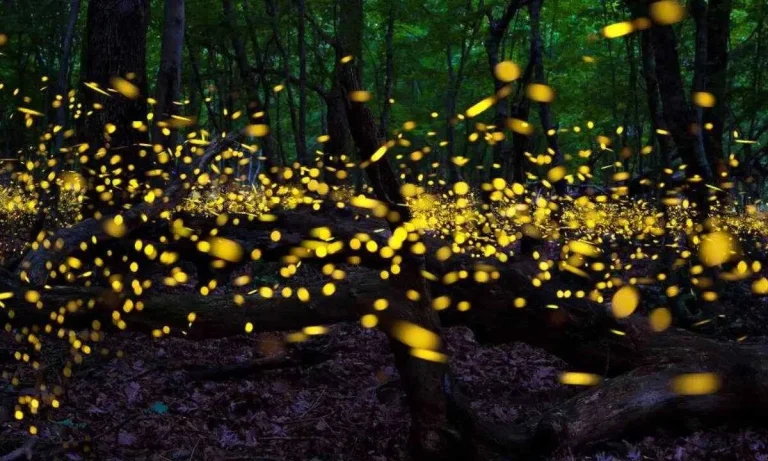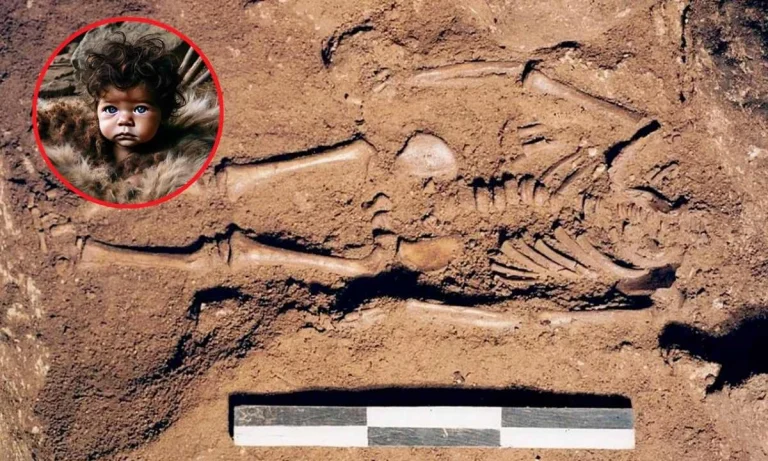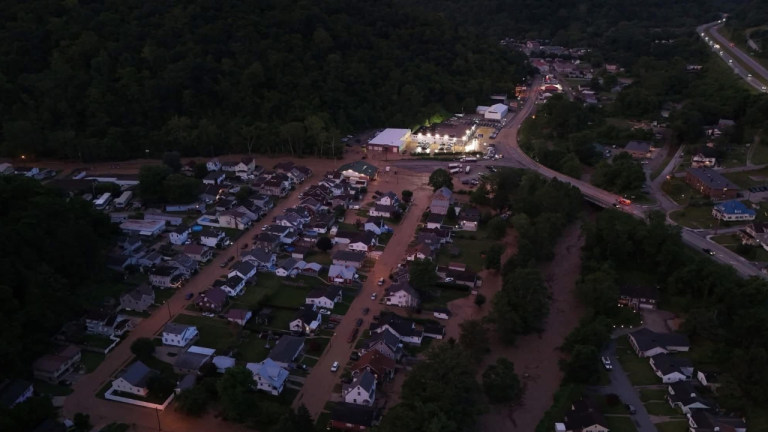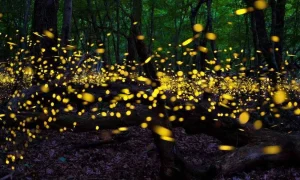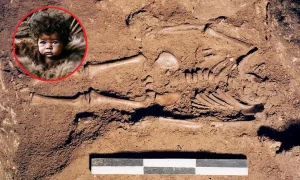Mount Roraima, is the highest tabletop mountain in the Pacaraima chain in South America. It is located at the junction of Brazil, Guyana, and Venezuela. The highest point of Mount Roraima 2,810 m (9,220 ft) located in Venezuela. Leaching caused by intense rainfall has shaped the peculiar topography of the summit. Thanks to its geographical isolation Mount Roraima has made it home to much endemic flora and fauna. You can find some endemic creatures and plants in this peculiarly shaped mountain that you may never find anywhere else.
While exploration of Mount Roraima began in the 19th century, perhaps due to the isolation, even today we know little of the full diversity of creatures and plants inhabiting it. Let us take a closer look at this ecological marvel.
The Geological Marvel of Mount Roraima
To begin with, Mount Roraima is part of the Guiana Shield, one of Earth’s oldest geological formations, dating back about 2 billion years. Moreover, the mountain rises to a height of 2,810 meters (9,219 feet), with sheer cliffs surrounding its summit, which spans approximately 31 square kilometers (12 square miles). Its quartzite rocks and sandstone formations are among the most ancient on Earth.

The tepui is often surrounded by mist, adding to its mysterious allure. Frequent rainfall contributes to its rich ecosystem, carving deep fissures and creating waterfalls, including the spectacular Kukenán Falls, one of the highest in the world.

Unique Flora and Fauna of Mount Roraima
The isolation of Mount Roraima’s summit has led to the evolution of numerous species that exist nowhere else on Earth.

Mount Roraima is home to various carnivorous plants, including pitcher plants (Heliamphora) and sundews (Drosera). As we know these plants have evolved to derive nutrients from trapped insects due to the scarcity of nutrients in the soil. The summit features rare orchids and ferns that have adapted to the rocky terrain. Many of these plants are found only on Mount Roraima and its neighboring tepuis. One of the most famous creatures is the Roraima bush toad (Oreophrynella quelchii). This small, black toad exhibits a unique adaptation by rolling into a ball to escape predators. Also, we find Roraima Leafhopper, an insect species that has adapted to the mountain’s specific environment.


The plateau is home to a variety of insects and spiders that have evolved to survive the harsh conditions. Further, the surrounding areas of the mountain host unique bird species, though fewer birds inhabit the summit itself due to its challenging environment.

The Challenges of Climbing Mount Roraima
In terms of exploration, climbing Mount Roraima presents both physical and logistical challenges. Typically, the journey begins on the Venezuelan side, as this route is the most accessible. First, climbers must traverse the Gran Sabana, a sprawling grassland dotted with rivers and waterfalls, to reach the mountain’s base. This trek usually takes two days.

Next, the climb involves navigating a steep natural ramp that cuts through the cliffs and leads to the summit. This ramp, formed by centuries of erosion, offers the easiest path to the top. However, the journey is far from simple. For instance, the frequent rain can make the trails slippery, significantly increasing the difficulty of the ascent. Most climbers opt for guided treks, as the remote location and logistical challenges make carrying supplies independently extremely demanding.
Cultural Significance of Mount Roraima
Mount Roraima holds cultural and spiritual significance for the Indigenous Pemon and Kapon peoples. In their mythology, the mountain is considered the stump of a giant tree that once held all the fruits and vegetables of the world. The tree was felled by a deity, creating the tepui and scattering its bounty across the Earth.
The name “Roraima” is derived from the Pemon language and means “great blue-green mountain.” The tepui’s sacred status adds a layer of respect and mystique for those who visit or climb it.
Scientific Explorations and Discoveries
Scientists and explorers have been studying Mount Roraima since the 19th century. The mountain gained widespread attention when British explorer Sir Everard Thurn became the first to ascend it in 1884. Since then, numerous expeditions have documented its unique ecosystem and geological history.
Tourism and Conservation
Despite its remote location, Mount Roraima is becoming an increasingly popular destination for adventure seekers, scientists, and nature enthusiasts from around the globe. The Venezuelan side, which lies within Canaima National Park, serves as the primary entry point for visitors. Since Canaima is a UNESCO World Heritage Site, it highlights the need to preserve Mount Roraima’s unique environment. However, increasing tourism poses significant challenges.
For instance, the growing number of visitors has raised concerns about litter and habitat disturbance. Additionally, climate change, which alters rainfall patterns and temperatures, threatens the delicate balance of the mountain’s ecosystem. Consequently, local governments and Indigenous communities are working together to promote sustainable tourism and protect this extraordinary natural treasure.
Conclusion
Mount Roraima is a natural treasure that fascinates scientists, adventurers, and cultural enthusiasts alike. Its ancient rocks, unique ecosystem, and spiritual significance make it a one-of-a-kind destination. The creatures and plants that call the mountain home underscore the importance of conserving this extraordinary environment for future generations.
Also Read:
Thanksgiving Under Snow Siege: The Winter Storm Turning Holiday Plans Upside Down


